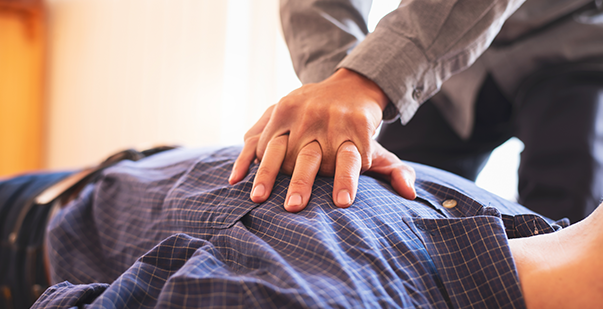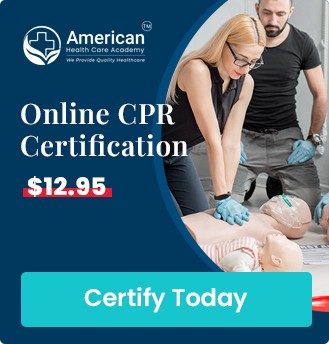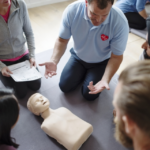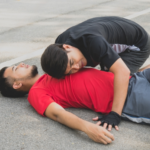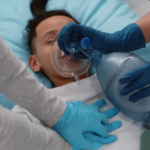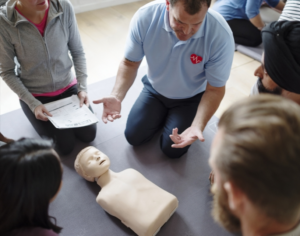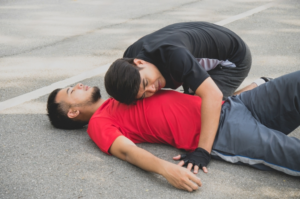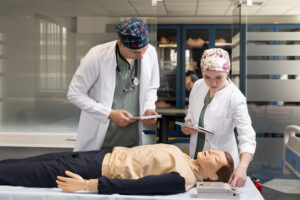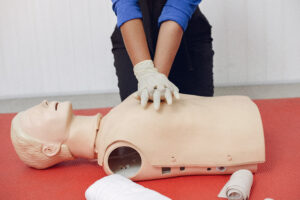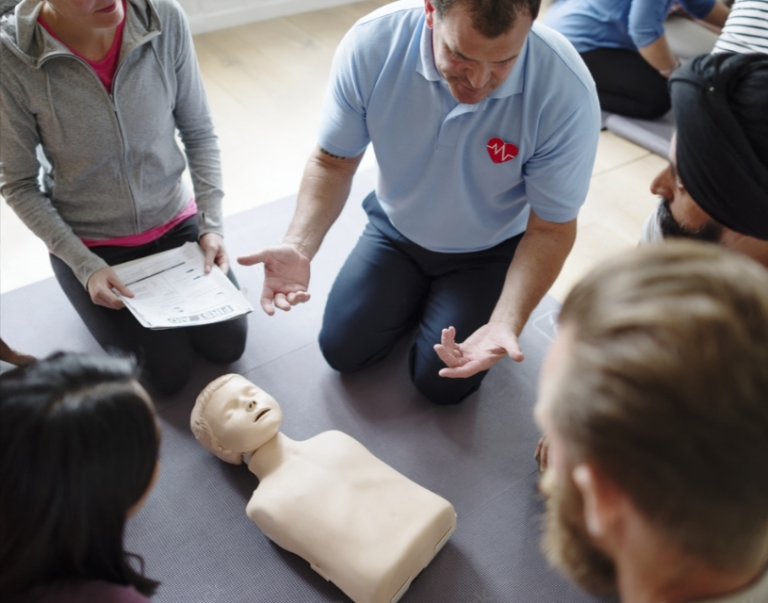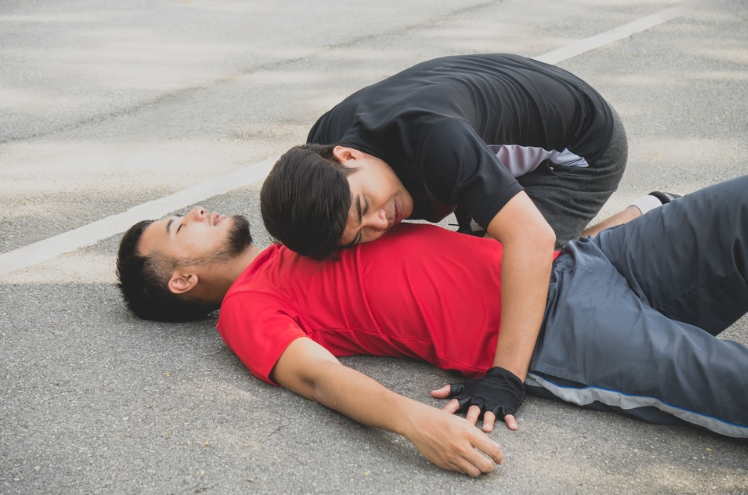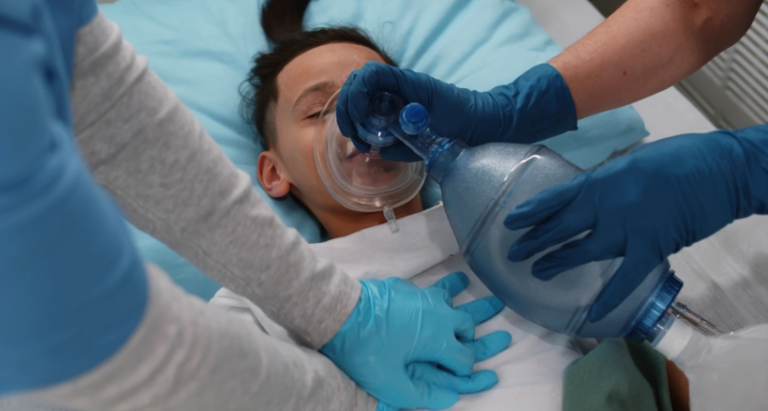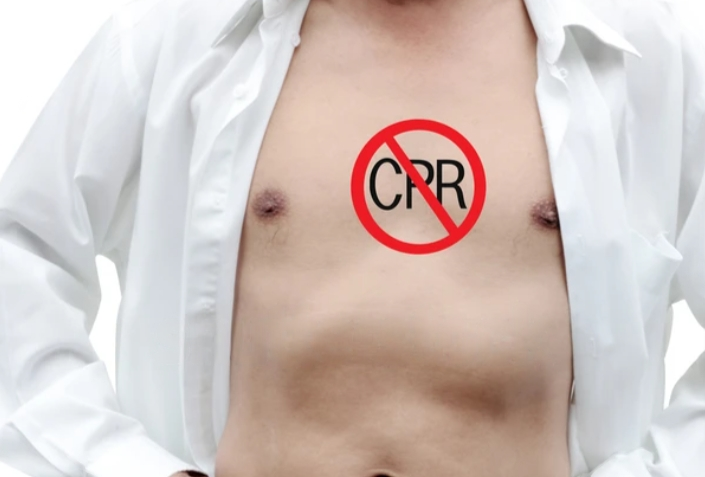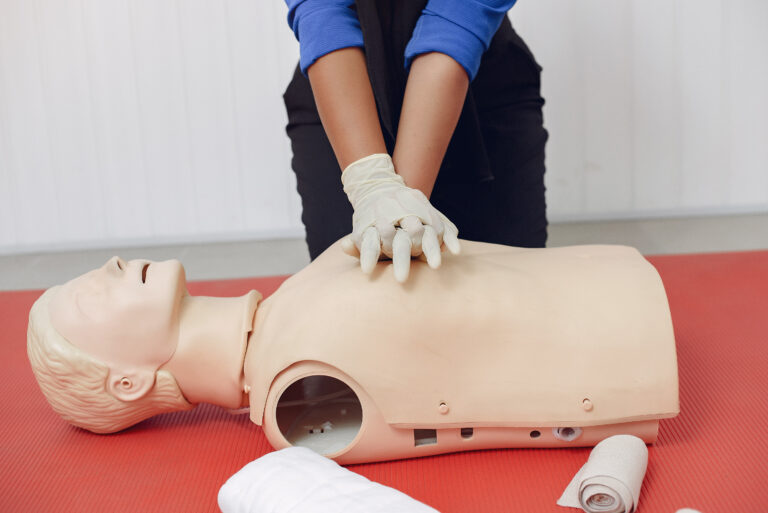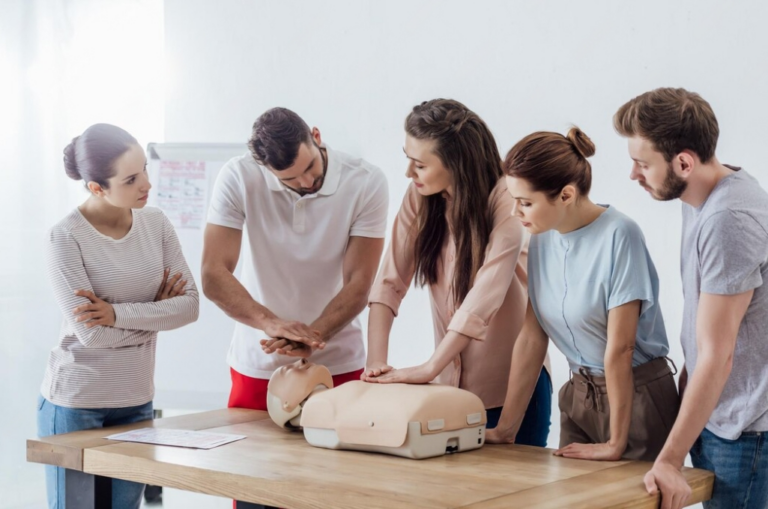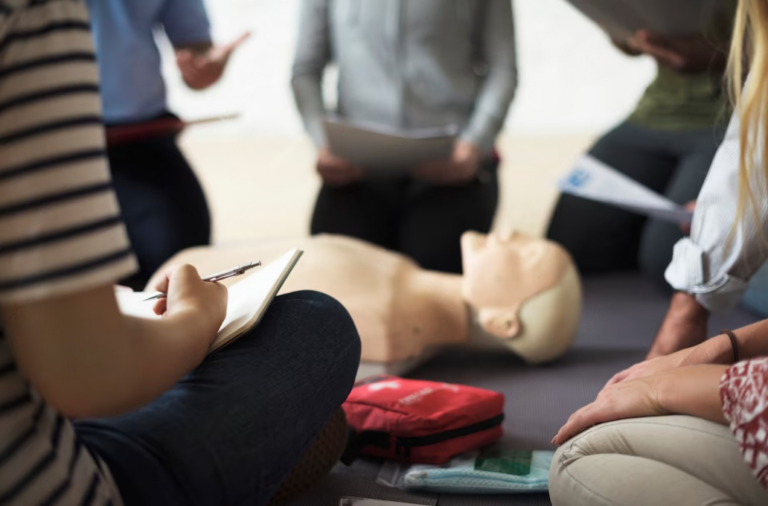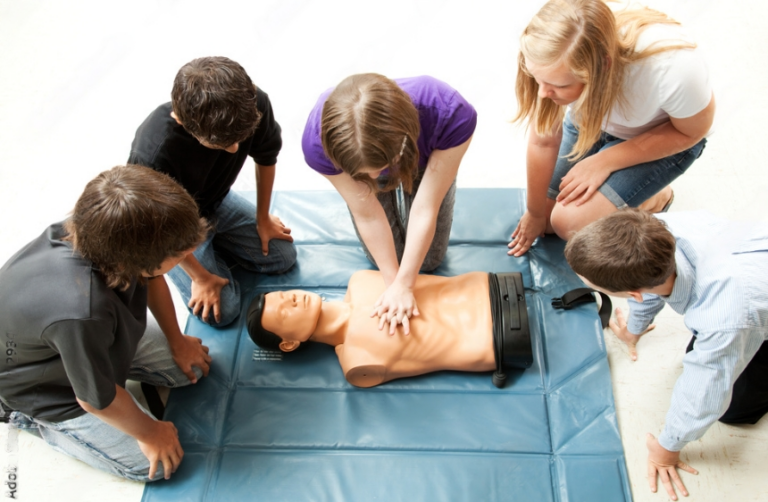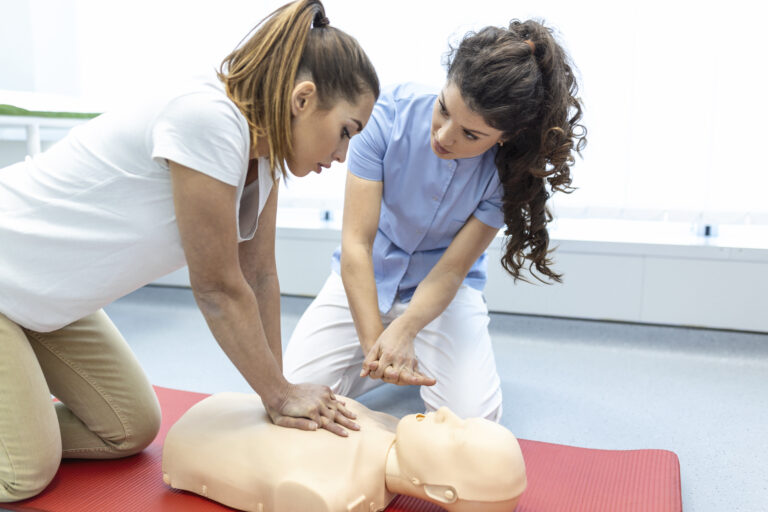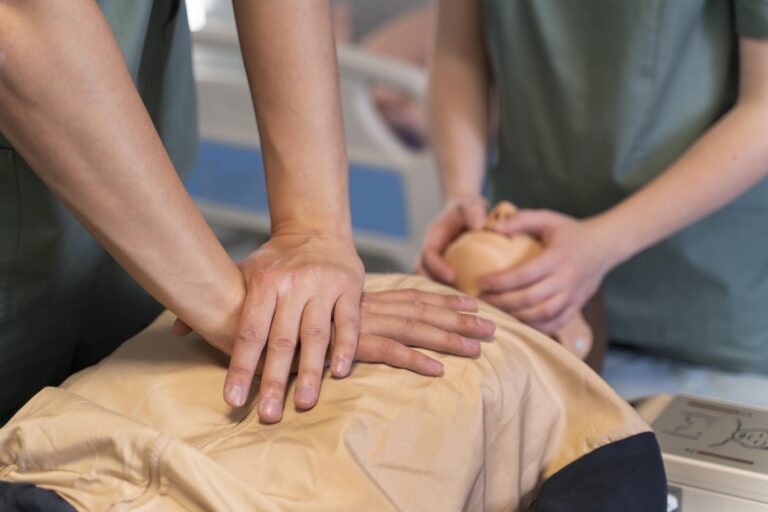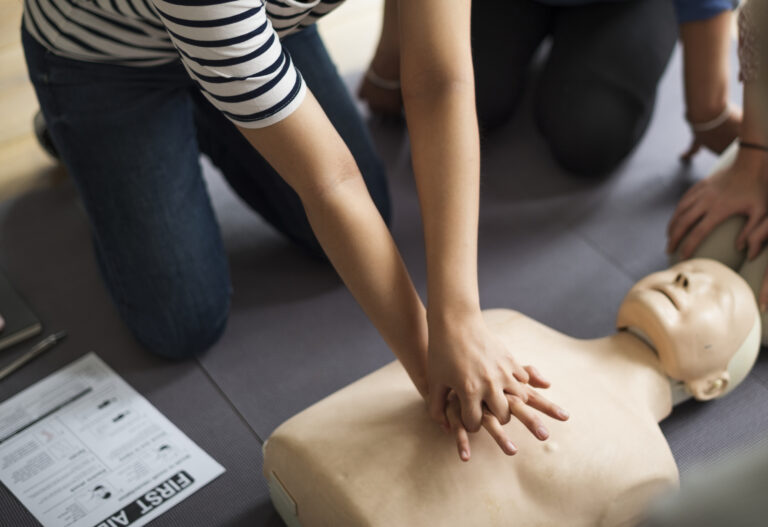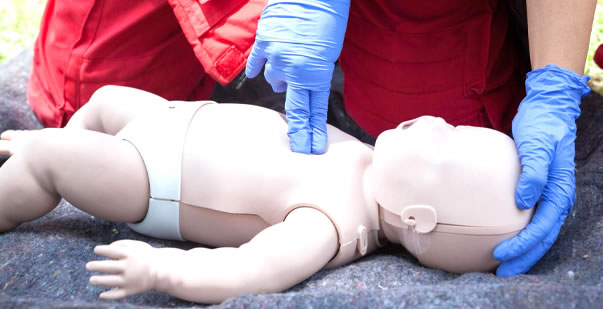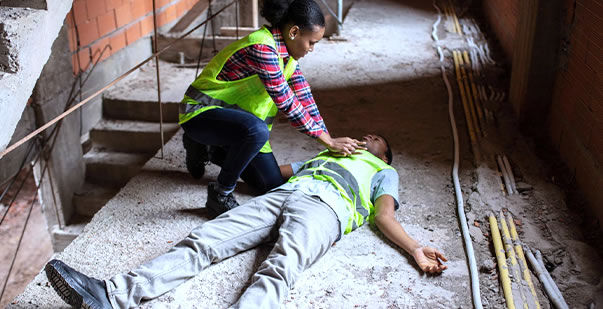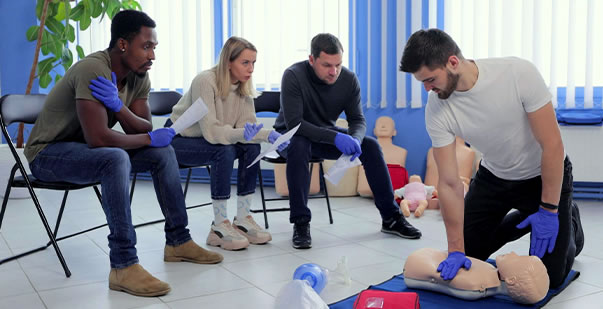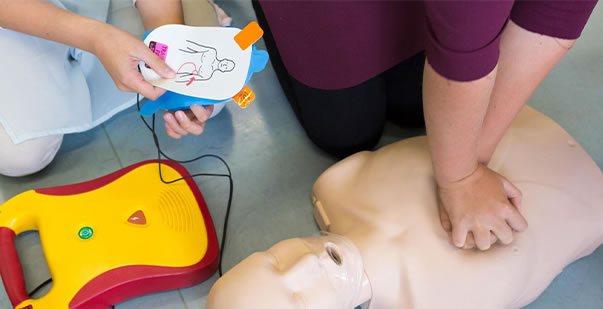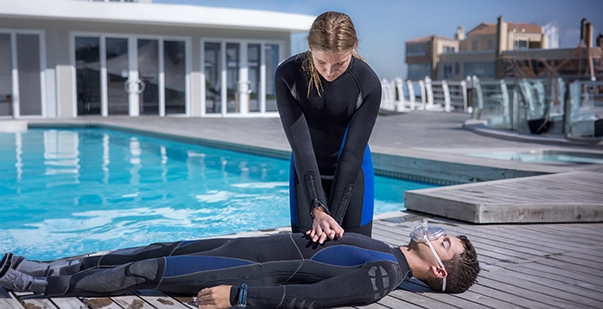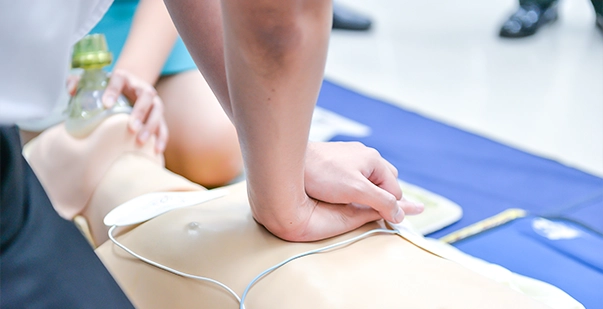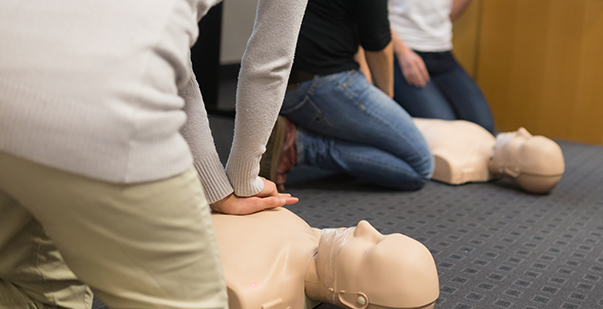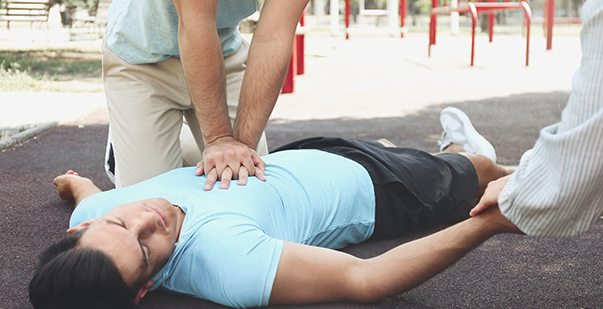Life-saving CPR, the ultimate hero in emergencies, can be a crucial factor between life and death. However, amidst the urgent chest compressions and breaths, a question lingers: Can CPR cause rib fractures? Join us as we unravel the truth behind this fascinating medical mystery. We’ll explore the factors that influence the risk, like the delicate nature of our ribs and the power of those life-saving compressions. So, fasten your seatbelts as we journey into the realm of CPR and its impact on our robust ribcage!
At the end of this blog, you will understand the importance of staying prepared in case of emergencies and can search for American HealthCare Academy on our website CPR Certification Near Me to register today.
Understanding Rib Fractures During CPR
Rib fractures can occur during cardiopulmonary resuscitation (CPR) due to the compressive force applied to the chest during chest compressions. CPR is an emergency procedure performed to manually pump the heart and maintain blood flow when a person’s heart has stopped beating or is in a life-threatening arrhythmia. Here’s a breakdown of how rib fractures can happen during CPR:
- Chest Compressions: During CPR, the rescuer places the heel of their hand on the center of the victim’s chest (lower half of the sternum) and interlocks their fingers. They then push down on the chest to compress it, aiming to press the sternum at least 2 inches (5 cm) deep in adults. The purpose is to manually pump the heart and create blood flow to vital organs until advanced medical help arrives.
- Frailty and Age: One of the primary risk factors for rib fractures during CPR is the victim’s age and overall frailty. Elderly individuals or those with weaker bones due to medical conditions like osteoporosis are more prone to rib fractures during chest compressions.
- Excessive Force: Sometimes, rescuers may apply excessive force during chest compressions, especially if they are not properly trained or lack experience. Too much force can increase the risk of rib fractures, particularly in individuals with fragile rib bones.
- Ribs and Sternum Structure: The ribs and sternum (breastbone) are essential components of the rib cage, protecting vital organs like the heart and lungs. However, the ribs can be relatively delicate, especially in certain groups of people, as mentioned above.
- Multiple Attempts: If CPR is not immediately successful, and the heart needs continued resuscitation attempts, the risk of rib fractures may increase with each subsequent cycle of chest compressions.
However, rescuers can take some measures to minimize the risk of rib fractures during CPR:
- Ensure that the technique for chest compressions is correct. This includes proper hand placement and adequate depth of compressions.
- If possible, rotate the person performing chest compressions to prevent excessive fatigue, which may lead to more forceful compressions.
- If an automated external defibrillator (AED) is available, use it. AEDs can analyze the heart rhythm and deliver a shock if necessary, potentially reducing the duration of manual compressions.
Factors Influencing the Likelihood of Rib Fractures
Some factors that can make our ribs more likely to break:
- Age: Older people might have weaker ribs too. So, they could be more likely to get rib fractures.
- Health: If someone is not feeling well or has a medical condition that affects their bones, their ribs might not be as strong as they should be. So, they could be more prone to rib fractures.
- CPR Technique: When someone needs help with their heart, we might do CPR to try and make it beat again. Sometimes, if we push too hard on the chest during CPR, it might accidentally crack the ribs. We need to do CPR carefully to avoid that.
- Accidents and Injuries: Sometimes, if someone falls or gets hit hard on the chest, it can break their ribs. We need to be careful while playing sports to avoid such accidents.
Minimizing the Risk of Rib Fractures During CPR
Imagine your ribs are like the walls protecting a castle. When someone’s heart stops working, we need to perform CPR to try and make the heart start pumping again. CPR is like knocking on the castle’s door to wake up the heart.
During CPR, we press on the center of the person’s chest. It’s like pushing on the castle’s walls to make the heart beat again. But sometimes, the castle walls (ribs) can be fragile, especially in older people or those with weak bones.
To minimize the chance of breaking the castle walls (ribs), we have to be careful. Here’s what we can do:
- Use Gentle Pressure: Instead of pushing too hard, we use just the right amount of pressure on the chest, like a gentle push.
- Ask for Help: If there are other people around, we take turns doing the chest presses. This way, nobody gets too tired, and we can all use gentle pressure.
- Use an AED: An AED can help the heart start beating again without too much pressure on the chest.
Conclusion
In our journey through the world of CPR and its relationship with our robust ribcage, we’ve discovered that while rib fractures can occur during this life-saving procedure, the greater good of reviving a struggling heart always takes precedence. Remember, CPR is vital to save lives, and the risk of rib fractures should not deter anyone from performing this life-saving technique. With proper training, gentler compressions, and a heartfelt commitment to helping others, we can ensure the best chance of recovery for those in need. So, be a hero, learn CPR, and save lives with compassion and care! Enroll today and upskill yourself.

